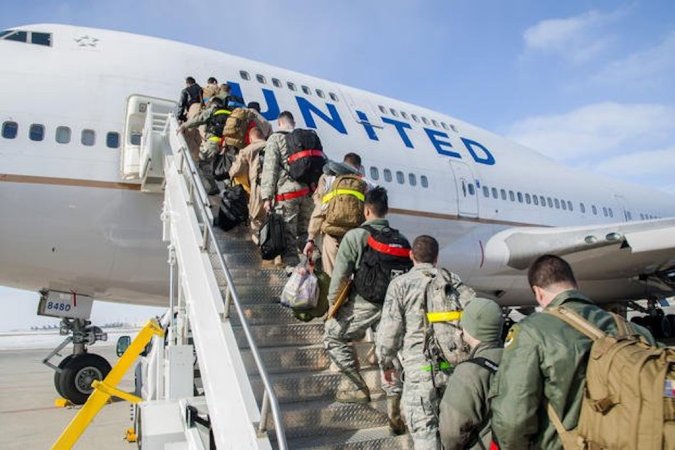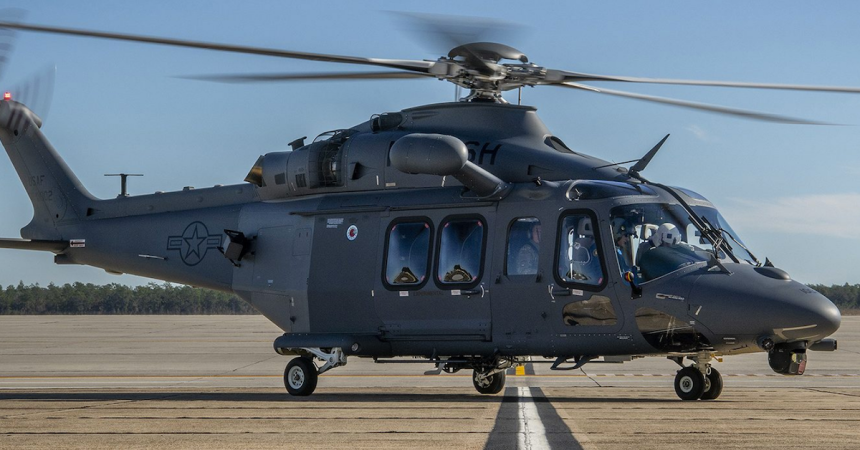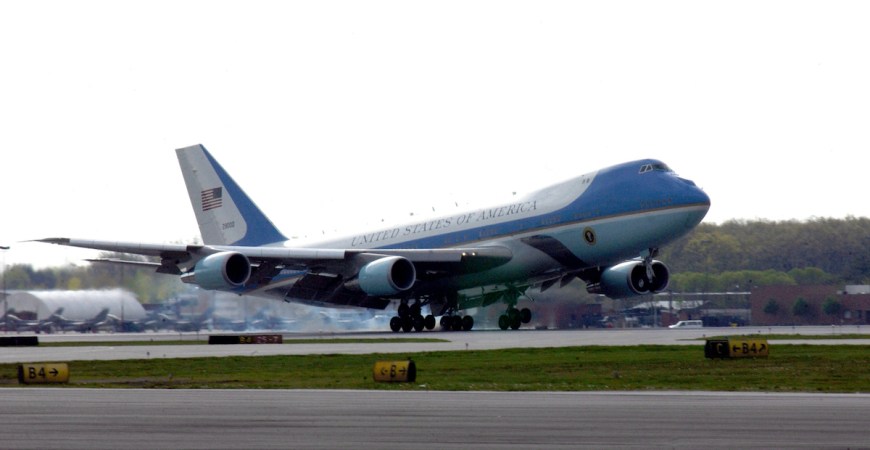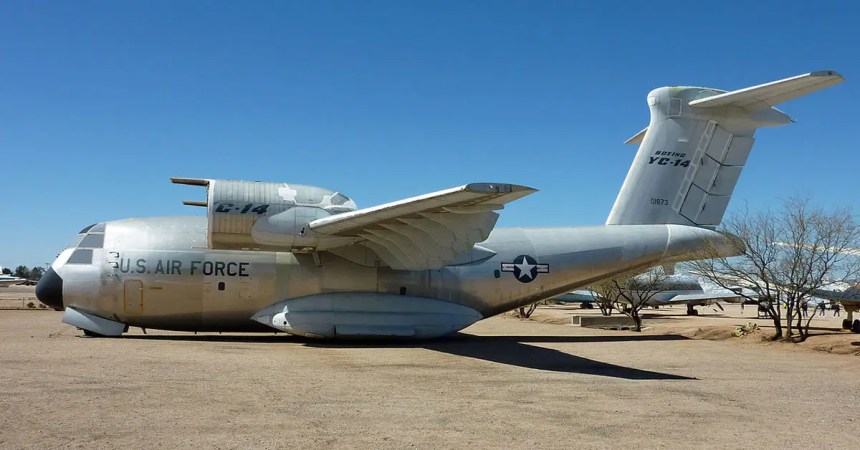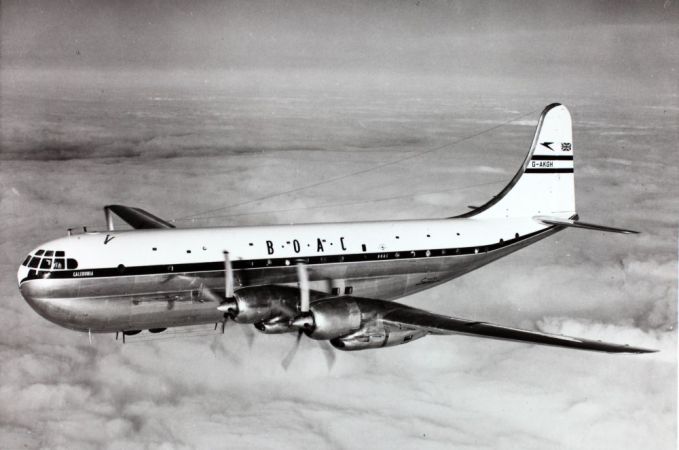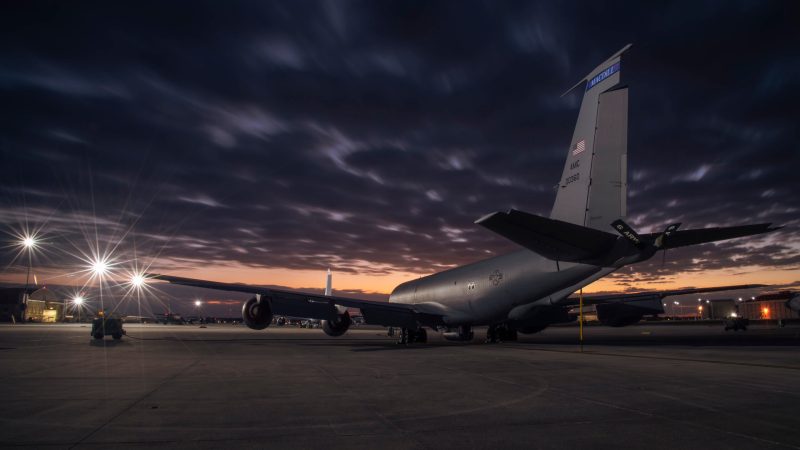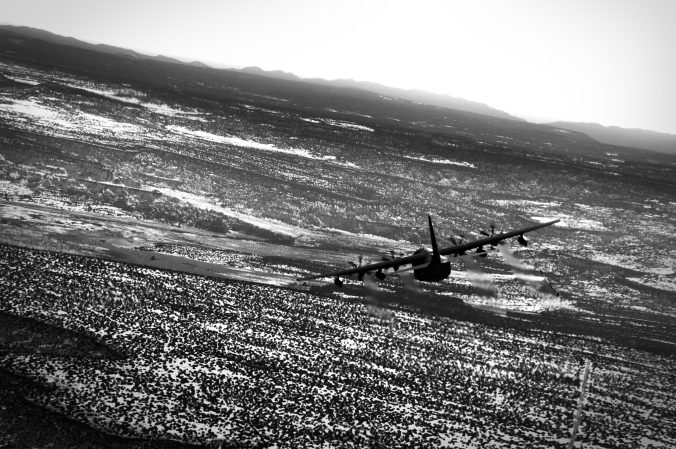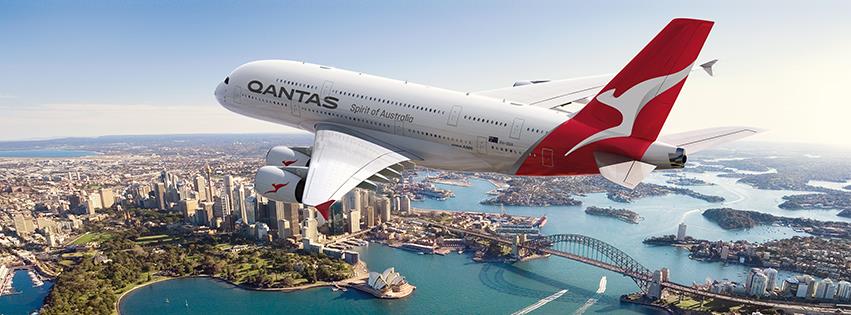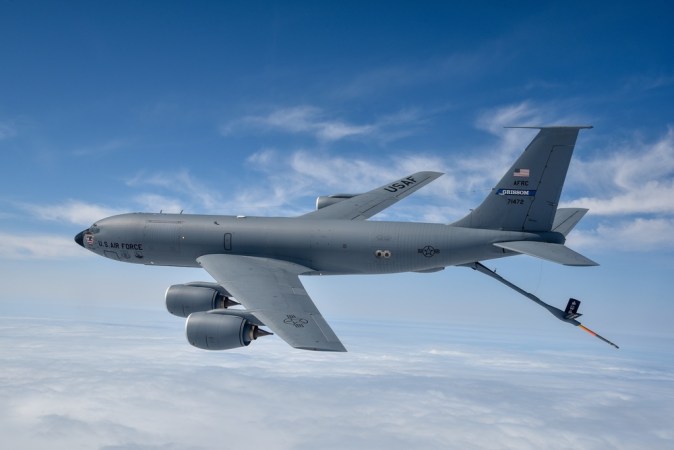The Second World War saw the US government press a number of civilian aircraft into military service for use as transports and cargo haulers, thanks to a rising demand for vehicles. Known as the Civil Reserve Air Fleet, this force consists of hundreds of passenger and freight aircraft flown by companies such as JetBlue, UPS and United Airlines, which can be ushered into military service whenever the Department of Defense needs more aircraft to fulfill its various missions.
The CRAF was officially formed in December 1951 through an agreement brokered between the Department of Defense and the Department of Commerce that would streamline the realignment of civilian aircraft into military service if the military’s own airlift capabilities weren’t able to handle the volume of transport operations caused by national emergencies, crises, or war.

If called upon, airlines and freight carriers that have agreed to a CRAF contract would provide aircraft and aircrew (i.e. pilots and flight attendants) to the U.S. Transportation Command, which will then assign these airliners to airlift missions — from moving troops and gear to evacuating the injured and wounded in “air ambulance” roles.
At the moment, virtually all major American commercial aircraft operators — including international and domestic airlines and parcel delivery companies with aviation divisions — are fully-contracted members of the CRAF, making their aircraft available to USTRANSCOM as and when they are needed. This includes scores of short, medium and long-range airliners and cargo aircraft which can have their interiors reconfigured to carry gear or troops.
Long-range widebody airliners and cargo transporters, such as the Boeing 747 and 777, Airbus A330, or McDonnell Douglas MD-11, are operated in sizable numbers by carriers like FedEx, American Airlines and Delta Air Lines. These aircraft, according to the CRAF’s guidelines, are slated to augment the Air Force’s C-17 Globemaster III and C-5M Galaxy fleets because of their transoceanic range.

Smaller aircraft like the Boeing 737 series and the Airbus A320 series are also listed among the aircraft available to USTRANSCOM in the event of a CRAF activation. As they lack the range and capacity of larger widebody airliners, they are relegated to domestic roles instead.
The CRAF was last activated during the Persian Gulf War in the early 1990s to transport scores of American troops and tons of military hardware to the Middle East in preparation for Operations Desert Shield and Desert Storm.
Airlines like Pan Am, United and TWA were responsible for providing large passenger aircraft to haul Marines, airmen, soldiers and sailors from the continental United States to Saudi Arabia and other major staging points in advance of the coordinated assault on Iraqi forces.

In the years since, the US military has been mostly able to rely upon its own airlift abilities to fly troops and gear in and out of combat zones. However, should the need arise, the military also tenders contracts to civilian charter companies like Omni Air International, who provide aircraft and pilots to ferry personnel and equipment wherever the military requires.
Airlines can indeed opt out of joining the CRAF, but many choose not to as it makes them more competitive for government transportation contracts, including charter flights for military personnel across the world.



